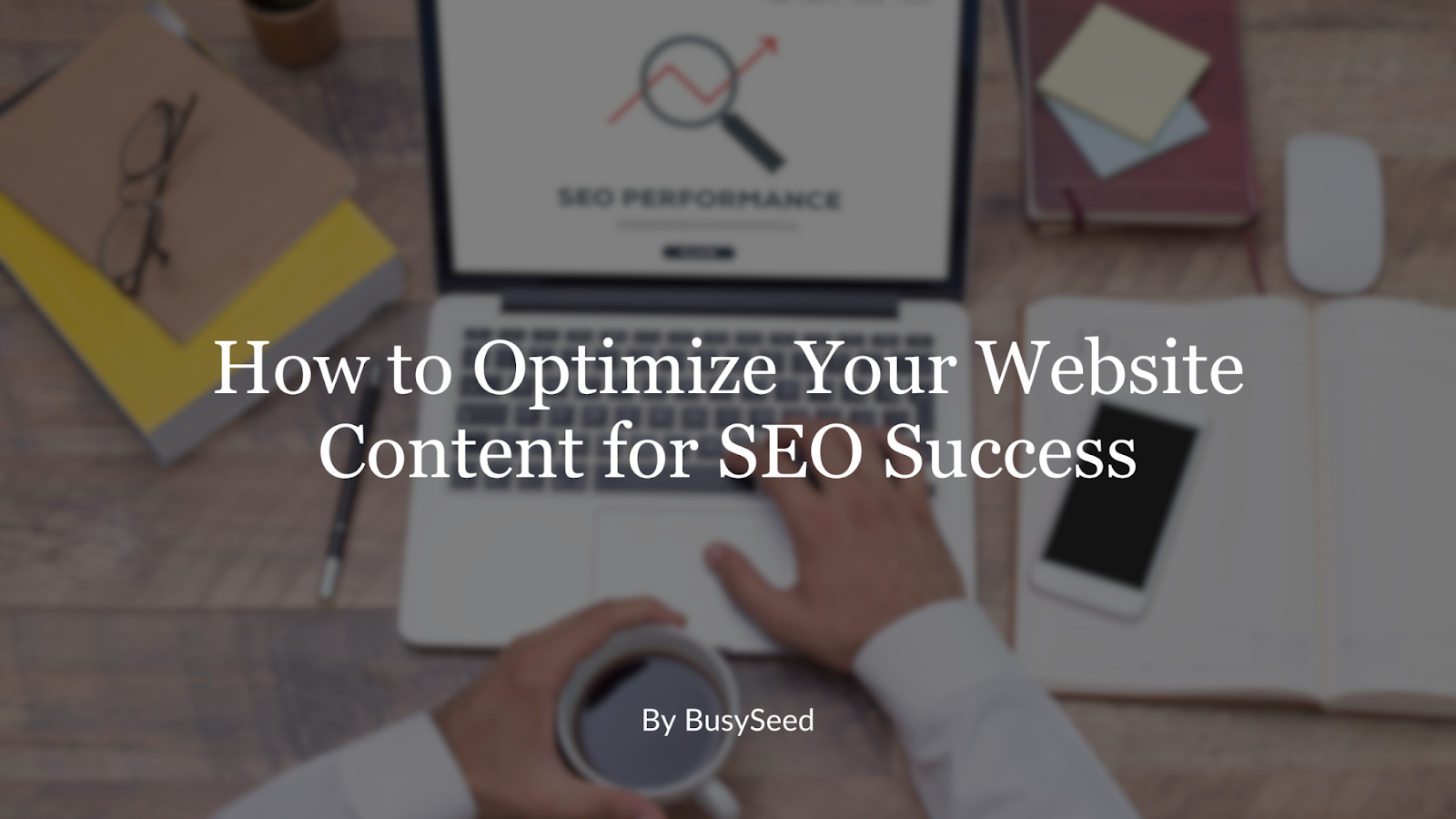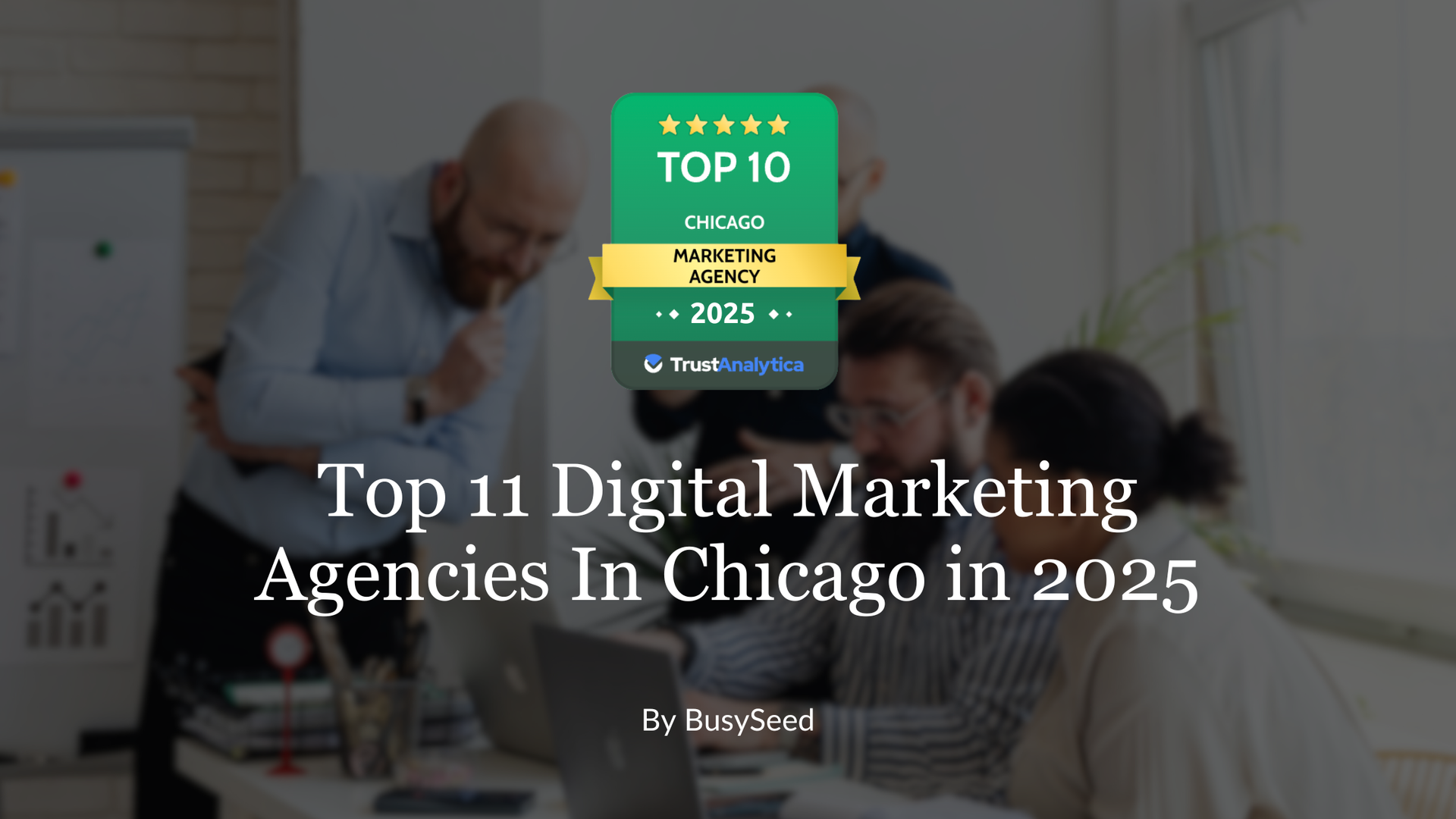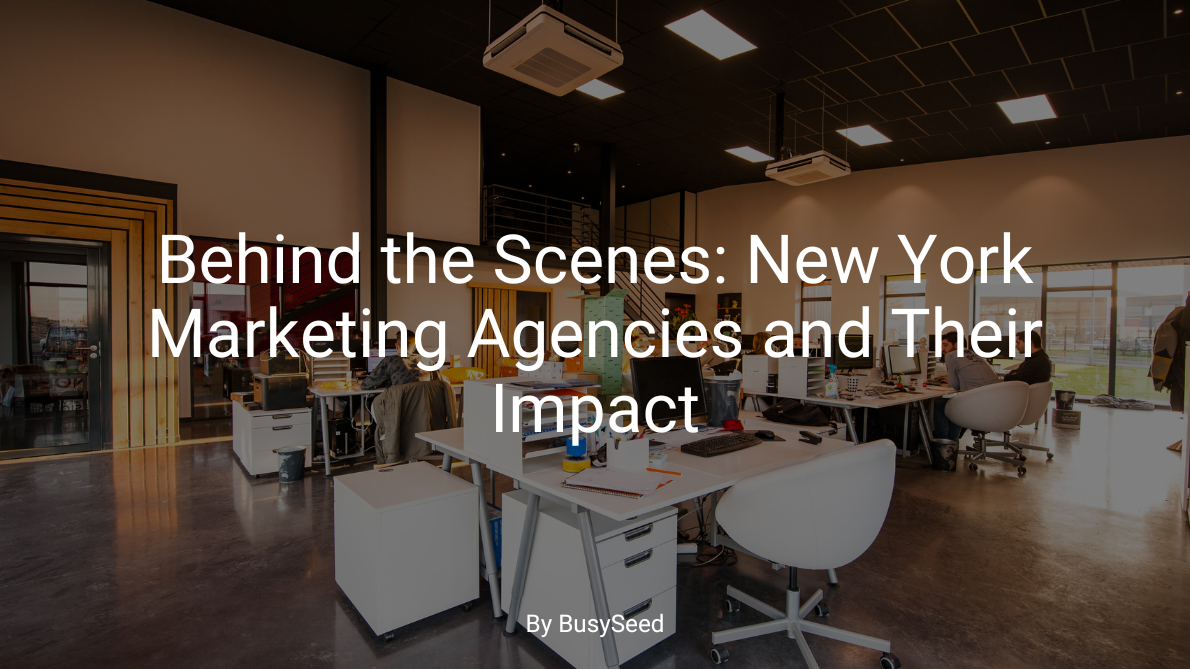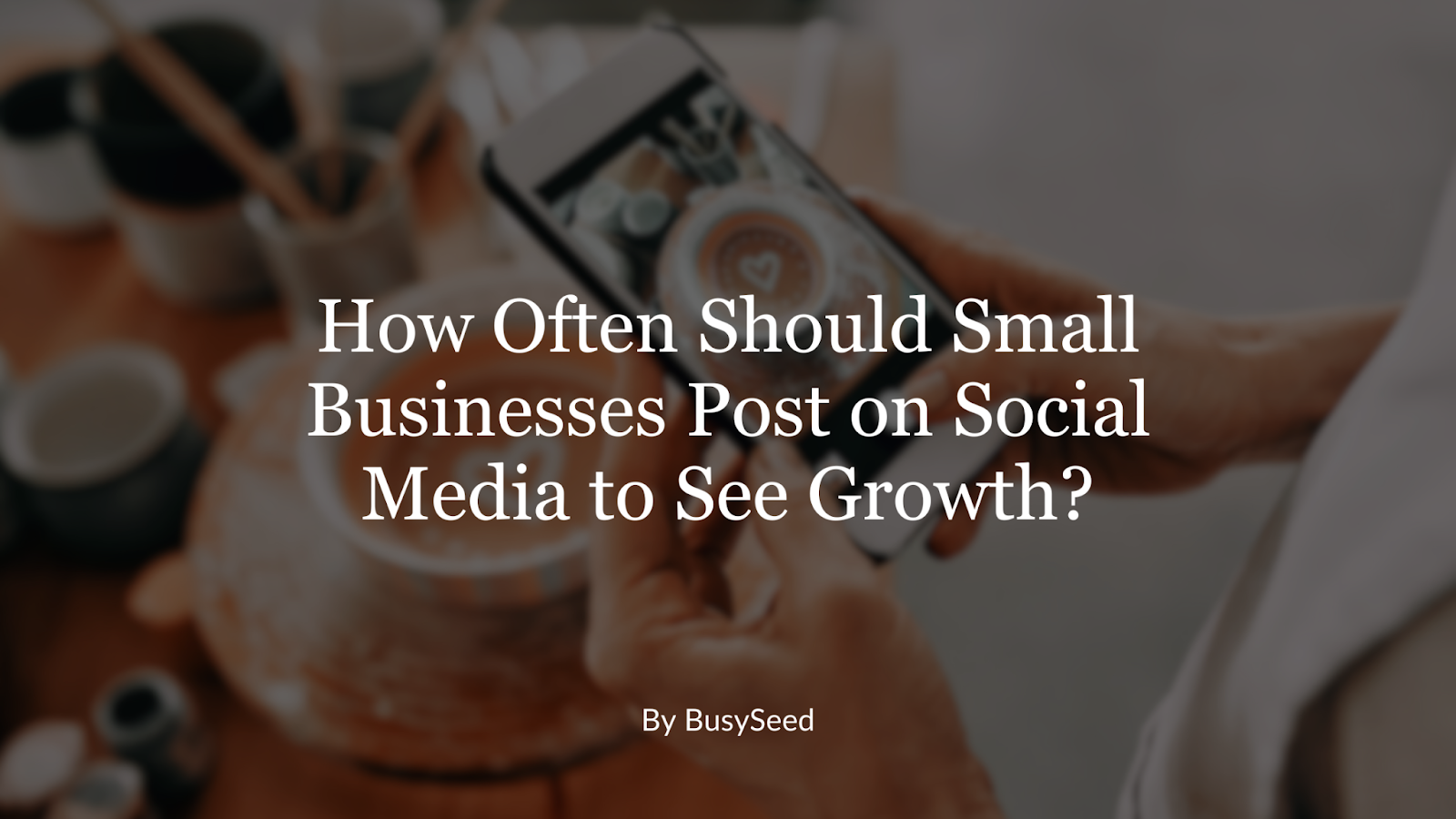How to Optimize Your Website Content for SEO Success
Optimizing your content is key to standing out in search results. Learn actionable strategies to fine-tune your website’s content, boost SEO performance, and improve your online visibility, just like the best NYC advertising agencies do.

How to Optimize Your Website Content for SEO Performance
In today’s digital world, visibility is everything. If your business isn’t ranking high in search engine results, you’re missing out on valuable traffic, leads, and, ultimately, revenue. Like the top NYC advertising agencies, mastering website SEO techniques can dramatically transform your online presence.
Optimizing your content for SEO performance isn’t about stuffing keywords anymore. It’s about creating high-quality, relevant, and engaging content that both search engines and users love. With over a decade of experience helping businesses of all sizes grow, we’ve seen firsthand how optimized website content drives serious results.
So, what does it take to make your content for SEO performance stand out in a crowded digital space? Here’s a comprehensive, step-by-step guide to optimize website content and improve search engine rankings.

1. Keyword Research: Laying the Foundation
Practical keyword research is the first and most crucial step to optimize website content. Search engines like Google use keywords to understand what your content is about. If you choose the right ones, you’ll attract an audience actively searching for your products or services.
How to Find the Best Keywords
- Use SEO Tools: Platforms like Google Keyword Planner, Ahrefs, and SEMrush can help you find high-volume, low-competition keywords your audience is already searching for.
- Analyze Competitors: Research what top NYC advertising agencies and competitors are ranking for to uncover keyword opportunities.
- Focus on Search Intent:
Think about why someone is searching for a keyword. Are they looking for information, ready to buy, or just browsing? Align your keywords with their intent.
Best Practices for Keywords in Your Content
- Incorporate keywords naturally into headlines, subheadings, and body text.
- Use variations and long-tail keywords to capture more specific search traffic.
- Keep a balance—avoid keyword stuffing, which can penalize your rankings rather than boost them.
2. Crafting High-Quality, Engaging Content
SEO success isn’t just about keywords; it’s about delivering valuable content that meets user needs. New York ad agencies use Google to reward content that provides genuine value and answers users' questions.
What Makes Content High-Quality?
- Relevance: Your content should directly address the topics your target audience cares about. Answer their questions, solve their problems, and provide valuable insights.
- Readability: Use a conversational tone, short paragraphs, bullet points, and subheadings to make your content easier to scan and digest.
- Engaging Media: Incorporate images, videos, infographics, and charts to break up the text and make your content visually appealing.
According to HubSpot, blog posts with relevant images get 94% more views than those without!
3. Website SEO Techniques: Structuring for Search Engines
Even content by the best New York ad agencies can be overlooked if it isn’t correctly structured for search engines. A clean structure helps Google’s crawlers easily understand and index your content.
Optimized Heading Structure (H1, H2, H3)
- Use a single H1 tag for your main title (e.g., How to Optimize Website Content for SEO Performance).
- Break your content into sections with H2 subheadings and additional H3 subheadings for subsections.
- Prioritize user experience (UX) when structuring your content. A well-organized page keeps users engaged longer.
Pro Tip: Top New York ad agencies always design their content structure with UX and search engine visibility in mind.
4. Internal Linking: Boosting SEO & Enhancing User Experience
Internal links are an often-overlooked SEO strategy that can have a significant impact. They help Google understand the hierarchy and structure of your website and keep visitors on your site longer.
How to Use Internal Links Effectively
- Link to related blog posts, product pages, or service pages to guide users deeper into your site.
- Use descriptive anchor text that tells users (and search engines) exactly what they’re clicking on. For example, Explore our SEO Basics.
- Avoid overloading pages with links—keep it relevant and natural.
A well-planned internal linking strategy can reduce bounce rates, increase page views, and enhance the SEO performance of your website.
5. Optimizing for Mobile and Page Speed
With mobile devices accounting for more than half of all web traffic, mobile optimization is critical. Google uses mobile-first indexing, meaning it primarily looks at your mobile site for ranking purposes.
Key Mobile Optimization Techniques
- Implement responsive design so your website looks great on all screen sizes.
- Compress images and use modern file formats like WebP to improve page speed. Pages that load in 2-3 seconds or less perform better in search rankings and reduce bounce rates.
- Minimize intrusive pop-ups that can frustrate mobile users and lead to penalties.
At BusySeed, we help businesses implement cutting-edge mobile SEO techniques to ensure optimal performance across devices.
6. Earning Backlinks to Build Authority
Backlinks are one of Google’s most influential ranking factors. The more high-quality, authoritative websites that link to your content, the more Google trusts and ranks your site.
How to Gain High-Quality Backlinks
- Create shareable content like in-depth guides, infographics, and case studies that others want to link to.
- Guest post on reputable industry blogs to showcase your expertise and link to your website.
- Build partnerships with other businesses and request backlinks from collaborators and affiliates.
When authoritative websites link to you, your domain authority rises—improving your visibility in search results.
7. Measuring SEO Performance & Continuous Improvement
SEO isn’t a one-and-done task—it’s an ongoing process. Regularly track your performance and look for opportunities to improve.
How to Track Your SEO Performance
- Use Google Analytics to monitor traffic, bounce rates, and engagement metrics.
- Set up Google Search Console to track your keyword rankings, identify crawl errors, and submit sitemaps.
- Conduct SEO audits regularly to find and fix broken links, duplicate content, and technical issues.
Did You Know?
Top NYC advertising agencies
continuously track and tweak their SEO campaigns to ensure long-term success. So should you!

Final Thoughts: Let BusySeed Help You Dominate Search Rankings
Optimizing your website content for SEO performance isn’t just about following a checklist—it’s about having a comprehensive strategy tailored to your business goals. At BusySeed, we’ve worked with over 500 businesses, helping them craft and implement SEO strategies that drive measurable results.
Whether you’re starting from scratch or looking to refine your existing strategy, we’re here to help.
Schedule a free consultation with one of our SEO experts today to discover how our proven website SEO techniques can help you outrank the competition and drive more traffic to your site.
Contact BusySeed Now.



 Forms? Rethinking Your B2B Lead Capture in a Post-Form World"." onerror="handleImageLoadError(this)"/>
Forms? Rethinking Your B2B Lead Capture in a Post-Form World"." onerror="handleImageLoadError(this)"/>






